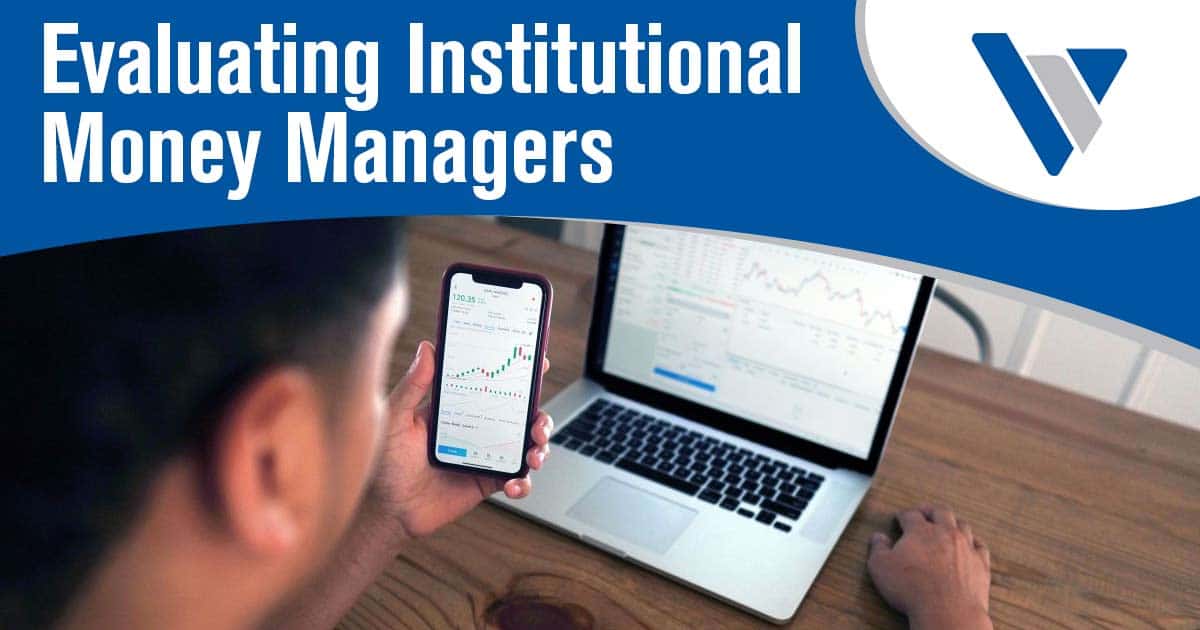The question of Medicare sustainability is in tandem with Social Security sustainability. Both...


I am an engineer by education, with that I have certain quirks about how I evaluate various financial entities we choose to make available to our clientele. For institutional money managers I need to know there is a “method to their madness”, and I need to understand it. What worked very well until 2008 was diversification by asset classes, i.e., large capitalized (cap) companies, small caps, mid-caps, domestic companies, international companies, companies in emerging markets, value stocks, growth stocks, futures, real estate, bonds, etc. Once diversified, then re-balancing the asset classes, i.e., selling some of the asset class winners for the time period and buying into the losers, as history shows all asset classes cycle. Well, in 2008, as we all know all asset classes lost. Now what?
In years past I tried market timing, and have come to grips that it cannot be done. Also, many active managers fail to justify their higher fees vs. more strategic managers. But, 2008 was something I did not want me or my clients to experience again and so I started interviewing several managers that were effective in 2008.
I had three parameters I gave them which are:
1) total fees cannot exceed 2%, that is trading costs, their fee, my firm’s fee, all in.
2) they must have a long track record, preferably more than 10 years. If they just started in 2008 they may have just got lucky.
3) they have to be down in down markets, they can’t be up all the time.
So why was this important to me? In October 2008, I was shown a management firm that had a 10-year performance of 10% to over 20% every year. Wow! I asked how did they do that? Their answer was weak and I asked for more definitions. By the grace of God, before they got back to me it came out to be the no. 2 fundraiser for Bernie Madoff. I firmly believe it is not possible to be up 10%-20% every year, as much as we all would like it to be possible.
When I completed my process, several left my office failing on one or more of the parameters, but I was able to identify a select few we implemented and are utilizing today.
The information provided here is for general information and educational purposes only and should not be considered an individualized recommendation or personalized investment advice. Each person’s situation will be different, please speak to a financial advisor about your individual situation before taking any actions. There is no guarantee that a diversified portfolio will enhance overall returns or outperform a non-diversified portfolio. Diversification does not protect against market risk.